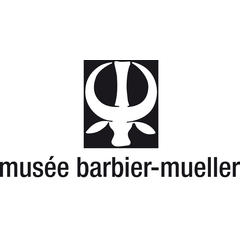Carved elephant tusk
Update Required To play the media you will need to either update your browser to a recent version or update your Flash plugin.
Carved ivory tusks were placed vertically on the top of commemorative heads portraying the obas (see photo). They showed scenes of court life and ritual history and were regularly bleached with acidic fruit juice and rubbed with palm oil to make them shiny – which accounts for the friable surfaces of many of the surviving works. The oba claimed the right to one tusk of every elephant killed in Benin territory and this formed the basis of his virtual monopoly of the foreign trade in exported ivory and imported brass. The whiteness of the tusks and the elephant’s power and longevity formed an important part of their significance.
Carved elephant tusk. Benin kingdom 18th–19th century. Ivory. L. 130 cm. Former Josef Mueller collection, acquired before 1939. Inv. 1011-100.
Photo: Altar to the cult of a deceased oba rebuilt in the 20th century. Photo William Fagg. Royal Anthropological Institute, London.
Carved elephant tusk. Benin kingdom 18th–19th century. Ivory. L. 130 cm. Former Josef Mueller collection, acquired before 1939. Inv. 1011-100.
Photo: Altar to the cult of a deceased oba rebuilt in the 20th century. Photo William Fagg. Royal Anthropological Institute, London.
Téléchargez l'appli gratuite izi.TRAVEL
Créez vos propres visites audio!
L'utilisation du système et de l'appli de guide mobile est totalement gratuite


